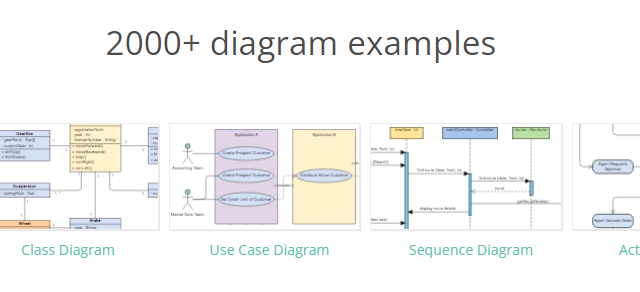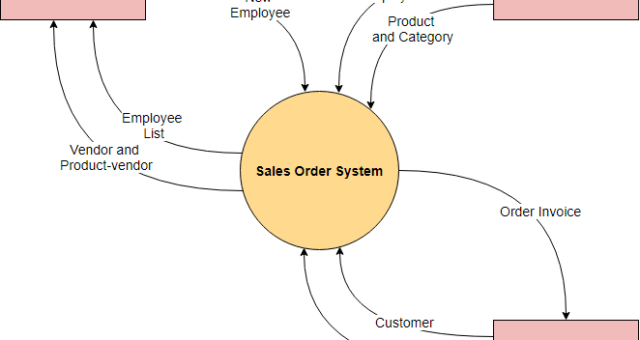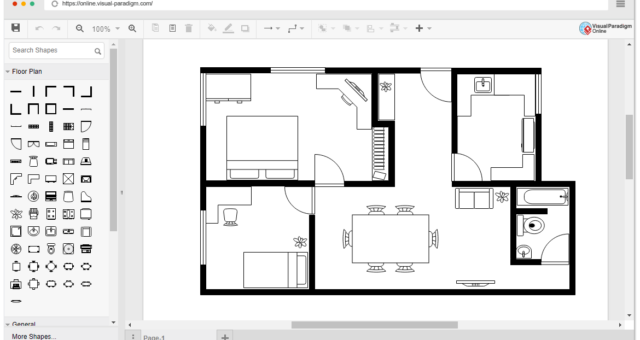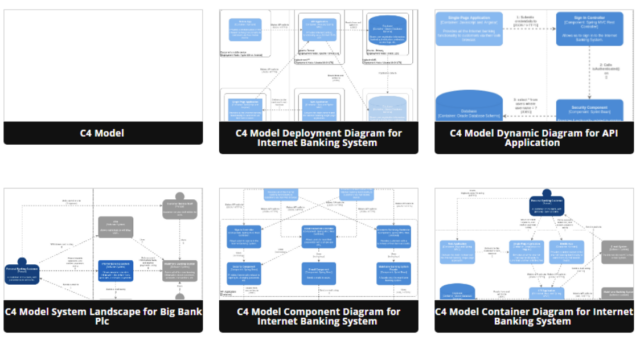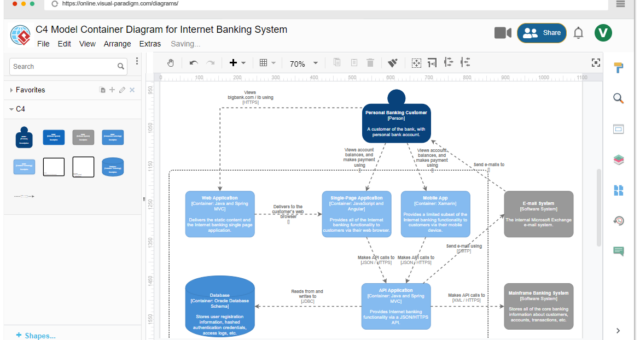Unleashing the Power of Infographics: Create Better Designs with Ease
Introduction In today's fast-paced world, where information overload is the norm, visual communication has become more crucial than ever. Infographics, with their blend of text and visuals, have emerged as powerful tools for conveying complex information in a concise and engaging manner. Whether you're looking to illustrate data, explain a process, or simply capture attention, infographics can be your secret weapon. With the right tools and techniques, creating stunning infographics is not just reserved for graphic designers—it's something anyone can achieve. The Importance of Infographics Infographics serve as versatile communication tools, capable of…continue reading →


